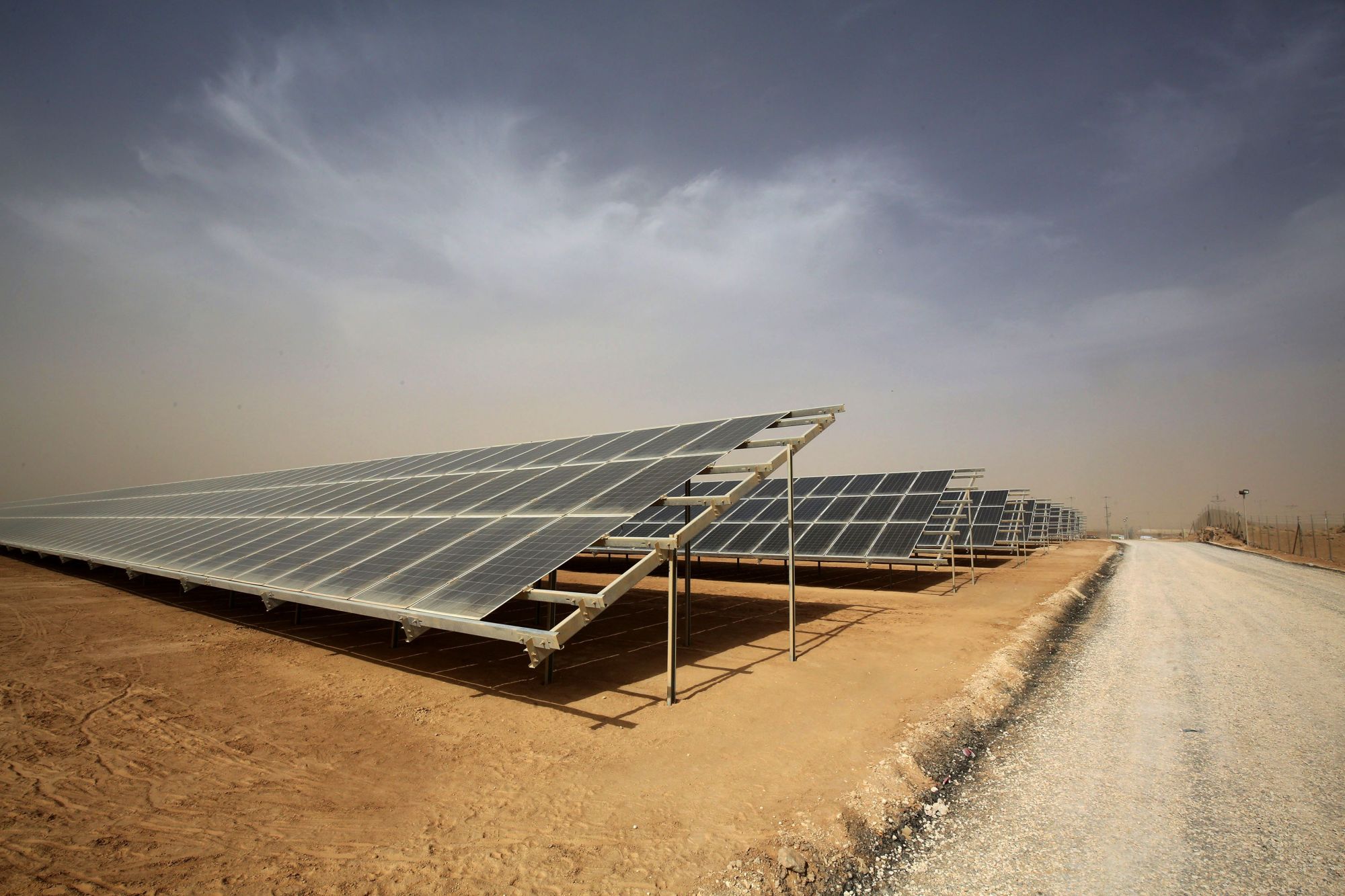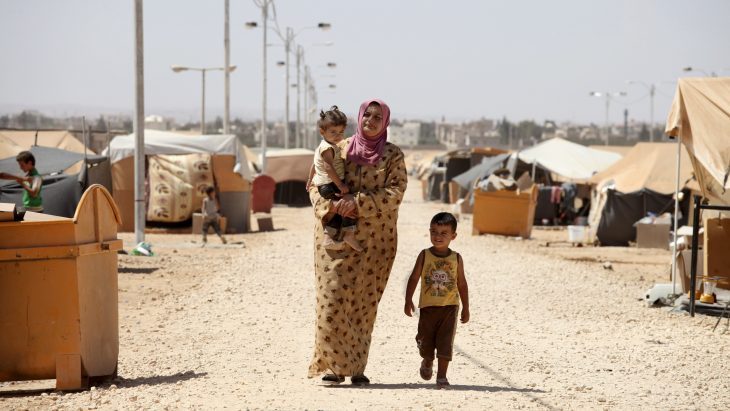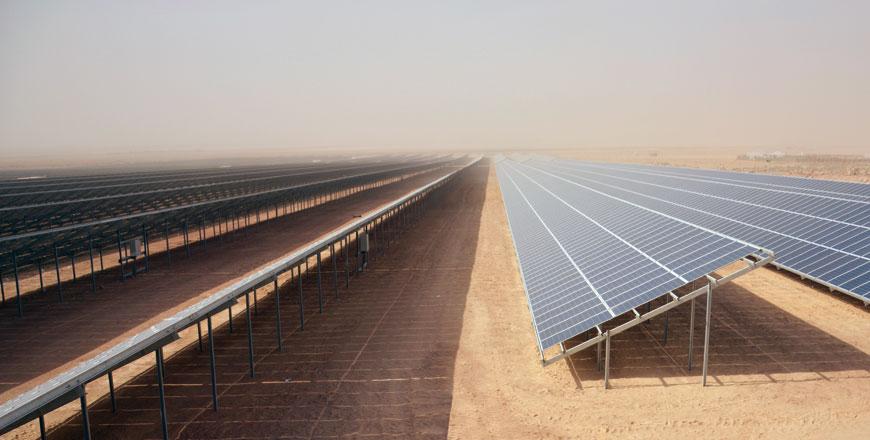News
World’s Largest Solar Plant Switches On In Jordan Refugee Camp

Life for tens of thousands of people is about to get much easier, now that the world’s largest solar plant has switched “on” at the Zaatari refugee camp, located in Jordan.
According to the United Nations refugee agency, the development is a game-changer, as close to 80,000 Syrians will have access to renewable energy. For the first time in months (and for some, years), families will be able to run a fridge, TV, fans, light their shelters, and recharge their phones so they can remain in contact with loved ones.

Credit: Jordan Times
In total, the project cost 15 million euro, or $17.50 million. It was funded by the German government and will provide electricity to those in the Zaatari camp for up to 14 hours a day, said the agency.
Stefano Severe, a UNHCR representative in Jordan, told Reuters TV, “That allows the children to continue their studies, and also (for) the safety of women and young girls to go about. Camp life will be made much easier.”
40,000 solar panels were installed. By relying on clean energy, not only will carbon emissions be reduced — in turn, preventing climate change from worsening, the agency will save approximately $5.5 million in operating costs each year. The savings can be re-invested into refugee support, which is a win-win for the environment and those affected by the Syria civil war.
“Electricity is very important to us, it is needed by men, children, women, everyone needs it during the day,” said Syrian refugee Anwar Hussein. “When we have electricity during the day, our children can stay home, they don’t go out in this weather and play in the dust and mud.” According to the Thomas Reuters Foundation, Hussein has lived in the camp for the past five years, after fleeing violence in the capital Damascus.

Credit: NHPR
Solar is improving the lives of millions of people — particularly, those who have fallen on hard times. From the nearby Azraq camp in Jordan to Dadaab in Kenya, the renewable energy is being deployed as a sustainable solution to help tens of thousands of displaced people.
Africa’s largest solar-powered borehole is located in eastern Kenya. With 278 solar panels, it can provide 16,000 refugees in the Dadaab camp with a daily average of about 28,000 liters of water. The water is relied on for drinking, cooking and personal hygiene, says the European Commission. And in Azraq, a 2-megawatt solar farm (which began operating in May) enables the UNHCR to provide free, clean electricity to 20,000 Syrian refugees.
According to analysts, the main hurdle preventing other displaced communities from receiving solar power is a lack of funding. Hopefully, this will be remedied in the future.

Credit: Japan Times
Things might be getting better in Syria, but millions of people still need help. When civilians fled the war-torn country with their lives (and little else), they sacrificed more than most of us can imagine. By being hospitable, donating to charities that follow through with their promises, and by raising awareness about initiatives that strive to improve the lives of refugees, little by little, change will occur.
What are your thoughts? Please comment below and share this news!
Source: Thomas Reuters Foundation,
Typos, corrections and/or news tips? Email us at Contact@TheMindUnleashed.com
